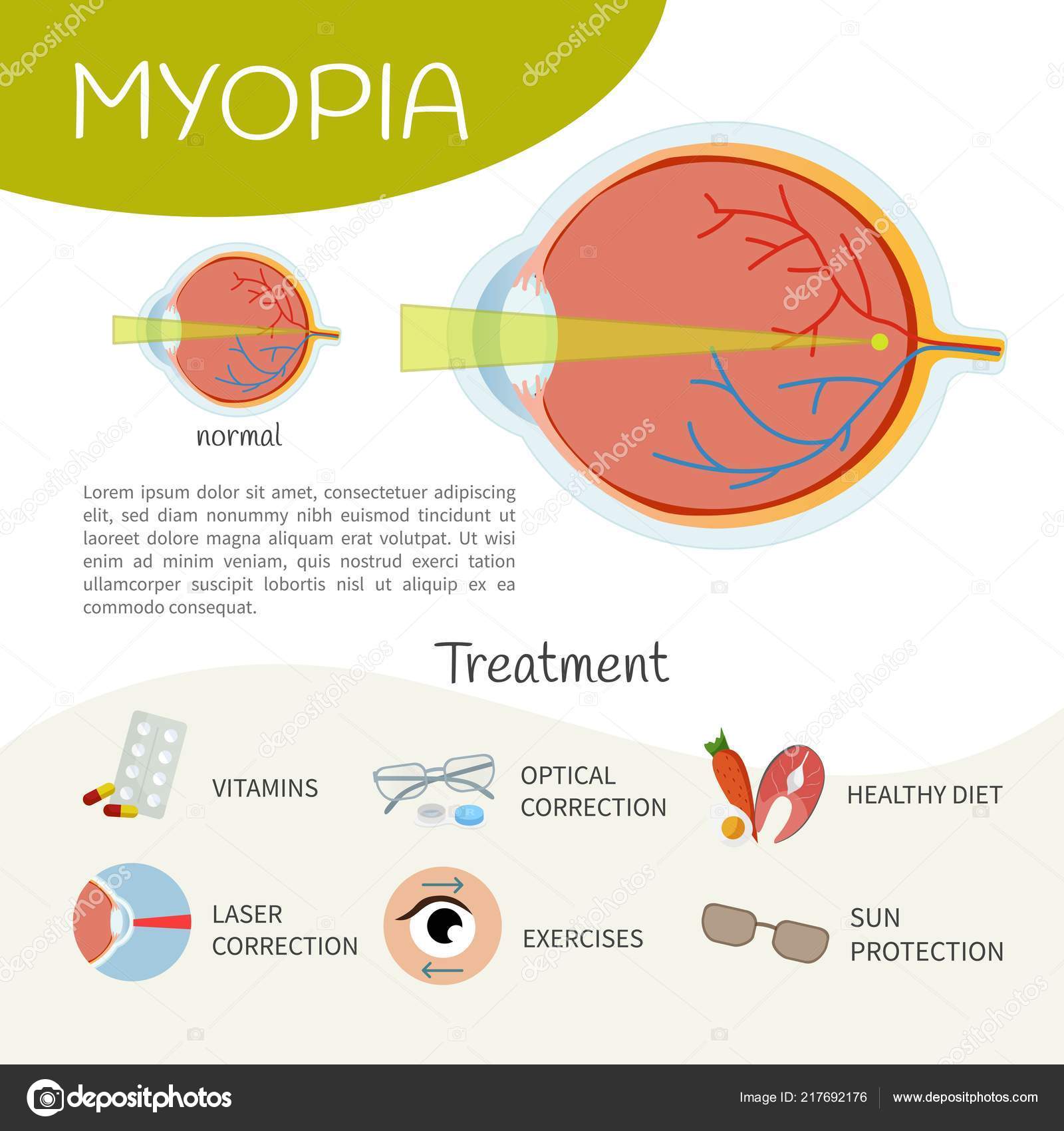Intrigued In Learning About The Distinctions Between SMILE, LASIK, And PRK Eye Treatments?
Intrigued In Learning About The Distinctions Between SMILE, LASIK, And PRK Eye Treatments?
Blog Article
Web Content Writer-McElroy Waller
If you have actually been thinking about SMILE eye surgery, you may wonder how it compares to LASIK and PRK. Each procedure has its very own set of benefits and considerations. From quicker healing times to prospective risks, there are vital distinctions you must be aware of before choosing. Recognizing these differences will help you make an educated option that straightens with your particular demands and expectations. Curious to understand even more regarding just how these treatments contrast thoroughly? Continue discovering to get a detailed understanding of SMILE, LASIK, and PRK.
SMILE Eye Surgery Summary
If you're thinking about SMILE eye surgery, you'll find it to be a minimally invasive procedure with a quick recuperation time. Throughout SMILE (Small Incision Lenticule Removal), a laser is made use of to develop a small, exact incision in the cornea to eliminate a little piece of cells, improving it to fix your vision. This varies from LASIK, where a flap is developed, and PRK, where the external layer of the cornea is completely eliminated.
Among the essential advantages of SMILE is its minimally invasive nature, resulting in a faster healing process and much less discomfort post-surgery. The recovery time for SMILE is relatively quick, with numerous patients experiencing boosted vision within a day or two. This makes it a popular choice for those looking for a hassle-free and effective vision correction procedure. Additionally, SMILE has been shown to have a reduced risk of completely dry eye disorder compared to LASIK, making it a desirable choice for individuals worried about this possible negative effects.
Differences Between SMILE, LASIK, and PRK
When contrasting SMILE, LASIK, and PRK eye surgical treatments, it's important to understand the distinct methods utilized in each procedure for vision correction.
cataract surgery during chemotherapy (Tiny Incision Lenticule Removal) is a minimally invasive procedure that involves producing a tiny laceration to draw out a lenticule from the cornea, improving it to correct vision.
LASIK (Laser-Assisted In Situ Keratomileusis) involves developing a slim flap on the cornea, using a laser to improve the underlying tissue, and then repositioning the flap.
PRK (Photorefractive Keratectomy) removes the outer layer of the cornea prior to improving the tissue with a laser.
The main distinction hinges on the method the cornea is accessed and dealt with. SMILE is flapless, making it a good alternative for individuals with slim corneas or those involved in contact sports. LASIK supplies fast aesthetic recuperation due to the flap development, yet it may position a higher threat of flap-related problems. PRK, although having a much longer recuperation period, avoids flap-related problems entirely.
Understanding view site… is critical in selecting the most ideal procedure for your vision adjustment requirements.
Pros and Cons Comparison
To assess the benefits and drawbacks of SMILE, LASIK, and PRK eye surgical procedures, it's necessary to consider the particular advantages and potential limitations of each treatment. SMILE surgery uses the advantage of a minimally invasive procedure, with a smaller sized laceration and potentially quicker recovery time contrasted to LASIK and PRK. It also reduces the threat of dry eye post-surgery, an usual side effect of LASIK. Nevertheless, SMILE may have constraints in dealing with higher degrees of myopia or astigmatism contrasted to LASIK.
LASIK surgery provides fast aesthetic healing and very little pain during the treatment. It's very efficient in dealing with a vast array of refractive mistakes, consisting of nearsightedness, hyperopia, and astigmatism. Yet, LASIK brings a danger of flap problems, which can affect the corneal structure.
PRK eye surgery, while not as popular as LASIK, avoids creating a corneal flap, reducing the threat of flap-related complications. It's suitable for people with thin corneas or uneven corneal surface areas. However, PRK has a much longer recovery time and might include a lot more pain during the healing process.
Conclusion
So, when it pertains to selecting between SMILE, LASIK, and PRK, think about it like picking the best set of footwear. SMILE is like a smooth, comfortable pair of sneakers - quick and very easy.
LASIK is extra like stylish high heels - flashy and quick, yet with some possible dangers.
PRK is like sturdy hiking boots - reliable and long lasting, however needing a bit more time and effort.
Inevitably, the very best selection relies on your specific needs and choices.
